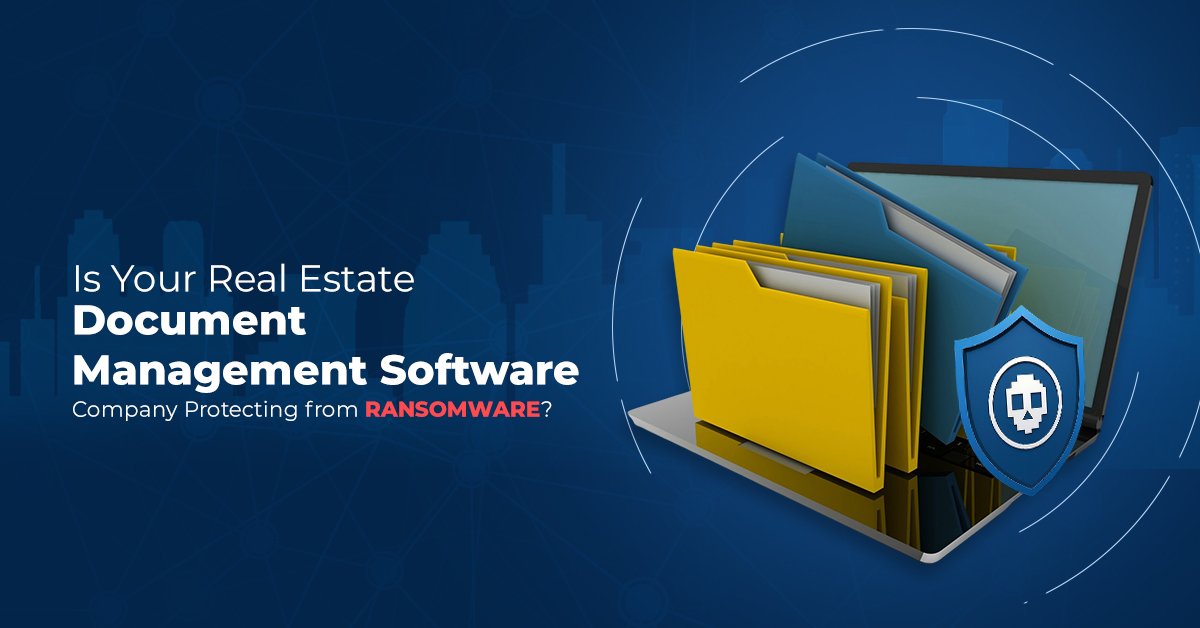Document Management Solutions is a solution that facilitates the organization, storage, retrieval, sharing, and tracking of documents within an organization. It is a centralized digital library supporting file formats like Word documents, PDFs, spreadsheets, and more.
In the digital age, the connection between Document Management Systems (DMS) and Information Governance (IG) is more critical than ever.
Understanding Information Governance
Information Governance (IG) is a strategic approach to managing and utilizing information. It involves policies, procedures, and controls designed to collect data at an enterprise level, supporting an organization’s immediate and future regulatory, legal, risk, environmental, and operational requirements.
Critical elements of Information Governance (IG) include:
-
Data Protection:
Ensuring data confidentiality, integrity, and availability is a fundamental aspect of IG. This involves implementing security measures to protect data from unauthorized access, modification, or deletion.
-
Compliance:
Adhering to relevant laws, regulations, and industry standards is crucial. This includes compliance with data protection regulations, industry-specific regulations, and internal policies.
-
Risk Management:
Identifying and mitigating the risks associated with managing information is a crucial aspect of IG. This involves conducting risk assessments, implementing risk mitigation measures, and monitoring potential threats.
-
Efficiency:
Streamlining information management to improve operational efficiency is another crucial aspect of IG. This involves implementing processes and technologies that make storing, managing, and retrieving information easier.
The Role of Document Management Systems
Document Management Systems (DMS) allow businesses to manage their documents digitally. They provide a structured way of storing, organizing, securing, and retrieving documents and content.
Critical features of DMS include:
Centralized Storage:
All documents are stored in a single, centralized location. This makes managing and retrieving documents easier and ensures that all users have access to the same, up-to-date information.
Access Control:
DMS ensures that only authorized individuals can access specific documents. This is crucial for protecting sensitive information and complying with data protection regulations.
Version Control:
DMS keeps track of all changes made to a document, ensuring that users always have access to the latest version. This is important for maintaining the accuracy and integrity of information.
Search and Retrieval:
DMS allows users to search for and retrieve documents quickly and easily. This can significantly improve operational efficiency.
The Connection: DMS as a Tool for Effective Information Governance
A robust DMS is a critical tool for effective Information Governance. Here’s how:
Enhanced Data Protection:
A DMS provides robust security features, such as access controls, encryption, and audit trails, to protect sensitive information. This is crucial for complying with data protection regulations and protecting data confidentiality, integrity, and availability.
Improved Compliance:
A DMS can help organizations comply with legal and regulatory requirements by ensuring that documents are appropriately stored, managed, and disposed of. This includes compliance with data retention regulations, right-to-access requests, and data deletion requests.
Risk Mitigation:
By providing a structured way to manage documents, a DMS can help mitigate risks associated with information management, such as data breaches and loss of information. This includes access controls, audit trails, and data backup and recovery.
Increased Efficiency:
A DMS can streamline information management, making it easier for employees to find and use the needed information, thereby improving operational efficiency.
The Synergy of DMS and IG
In conclusion, Document Management Solutions and Information Governance are closely intertwined. A robust DMS is a critical tool for implementing effective Information Governance. A DMS can help organizations protect their sensitive information, comply with legal and regulatory requirements, mitigate risks, and improve operational efficiency by providing a structured, secure, and efficient way to manage documents.
The Future of Information Governance with DMS
Looking ahead, the integration of DMS and IG points to the future of secure and efficient information management. As businesses continue to digitize their operations and the volume of digital data grows, the need for safe, efficient, and user-friendly document management solutions will only become more critical.
SFT Dox’s DMS, with its robust features and user-friendly interface, is well-positioned to meet these needs. And with the added security and convenience of Okta authentication, SFT Dox’s users can have peace of mind knowing that their sensitive data is well-protected.
Whether you’re a small business looking to streamline your document management processes or a large enterprise seeking to enhance data security, SFT Dox offers a powerful solution.
Experience the synergy of DMS and IG with SFT Dox, and see how our robust Document Management System can transform your organization’s Information Governance.










